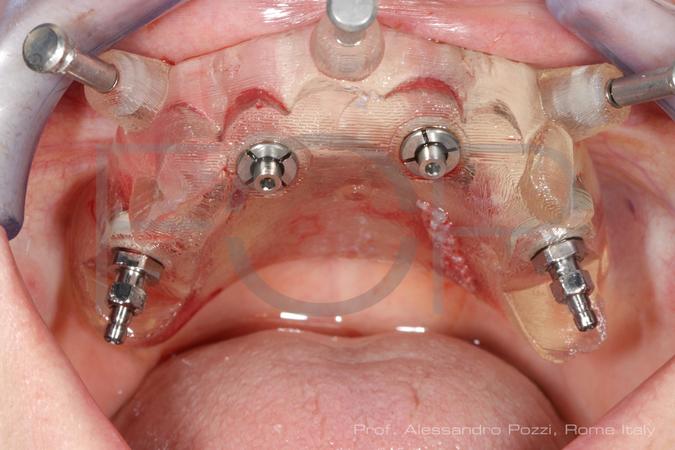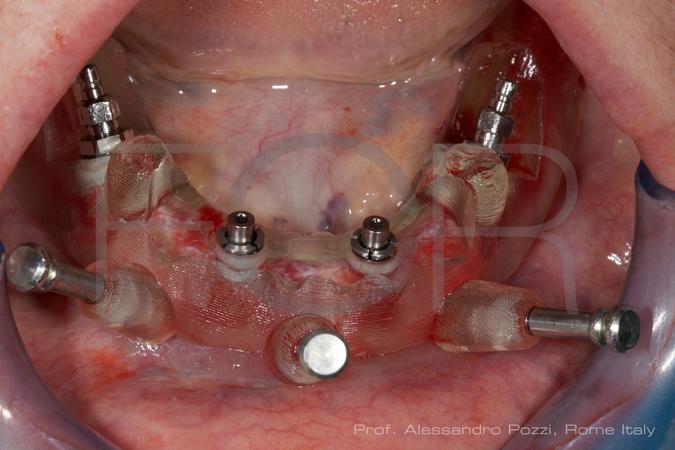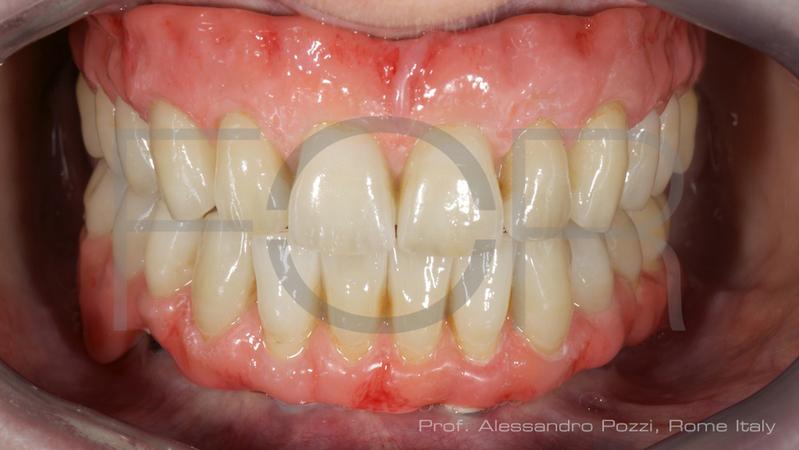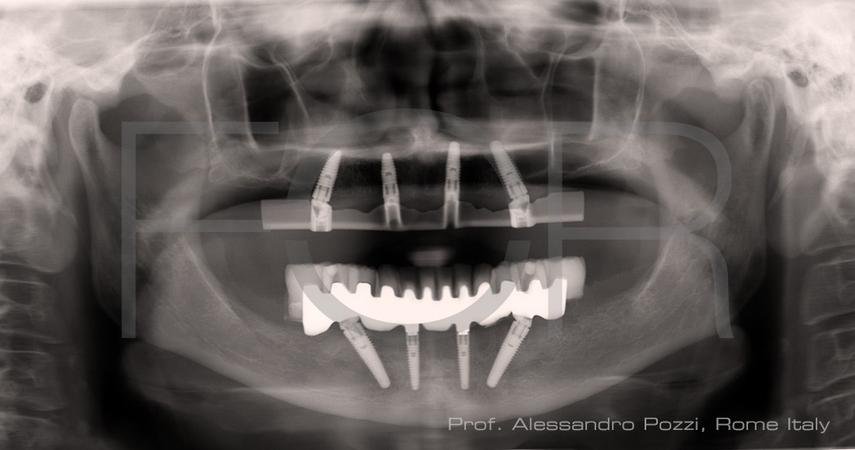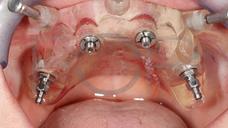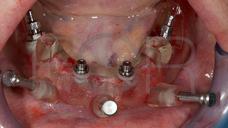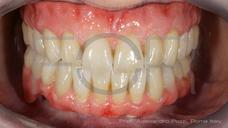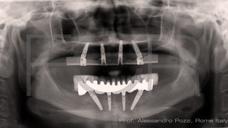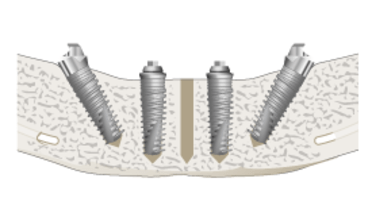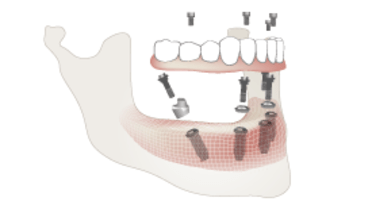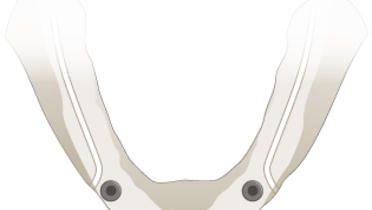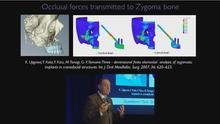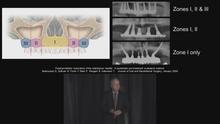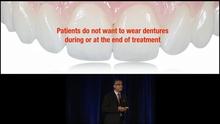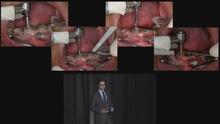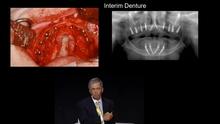-
0
Patient Assessment
- 0.1 Patient demand
- 0.2 Overarching considerations
- 0.3 Local history
- 0.4 Anatomical location
- 0.5 General patient history
-
0.6
Risk assessment & special high risk categories
- 5.1 Risk assessment & special high risk categories
- 5.2 age
- 5.3 Compliance
- 5.4 Smoking
- 5.5 Drug abuse
- 5.6 Recreational drugs and alcohol abuse
- 5.7 Parafunctions
- 5.8 Diabetes
- 5.9 Osteoporosis
- 5.10 Coagulation disorders and anticoagulant therapy
- 5.11 Steroids
- 5.12 Bisphosphonates
- 5.13 BRONJ / ARONJ
- 5.14 Radiotherapy
- 5.15 Risk factors
-
1
Diagnostics
-
1.1
Clinical Assessment
- 0.1 Lip line
- 0.2 Mouth opening
- 0.3 Vertical dimension
- 0.4 Maxillo-mandibular relationship
- 0.5 TMD
- 0.6 Existing prosthesis
- 0.7 Muco-gingival junction
- 0.8 Hyposalivation and Xerostomia
- 1.2 Clinical findings
-
1.3
Clinical diagnostic assessments
- 2.1 Microbiology
- 2.2 Salivary output
-
1.4
Diagnostic imaging
- 3.1 Imaging overview
- 3.2 Intraoral radiographs
- 3.3 Panoramic
- 3.4 CBCT
- 3.5 CT
- 1.5 Diagnostic prosthodontic guides
-
1.1
Clinical Assessment
-
2
Treatment Options
- 2.1 Mucosally-supported
-
2.2
Implant-retained/supported, general
- 1.1 Prosthodontic options overview
- 1.2 Number of implants maxilla and mandible
- 1.3 Time to function
- 1.4 Submerged or non-submerged
- 1.5 Soft tissue management
- 1.6 Hard tissue management, mandible
- 1.7 Hard tissue management, maxilla
- 1.8 Need for grafting
- 1.9 Healed vs fresh extraction socket
- 1.10 Digital treatment planning protocols
- 2.3 Implant prosthetics - removable
-
2.4
Implant prosthetics - fixed
- 2.5 Comprehensive treatment concepts
-
3
Treatment Procedures
-
3.1
Surgical
-
3.2
Removable prosthetics
-
3.3
Fixed prosthetics
-
3.1
Surgical
- 4 Aftercare
All-on-4® treatment concept
Key points
- Modern treatment methods with reduced number of implants and tilted implant placement allow a less invasive treatment approach with only one surgical intervention, and without augmentive surgery
- The indication for treatment with the All-on-4® treatment concept depends on the anatomical aspects of soft and hard tissue
- Sufficiently high primary stability supported by adequate implant design and surface is a basic requirement for the immediate restoration and immediate loading
Edentulous patients - psychosocial considerations
Patients wearing complete dentures often suffer from esthetic and functional discomfort and compromised denture retention and chewing function. Denture adhesives are often applied. Many patients perceive this as a strong psychological and social burden. Modern implant-supported restoration protocols can provide these patients with a good functional and esthetic treatment result. Rehabilitation of edentulous patients with implant supported fixed restorations enhances personal well-being, self-esteem and quality of life.
Restoration protocol of edentulous arches with one surgery
Patients suffering from severe atrophy of the maxilla and/or mandible, traditionally undergo pre-implant augmentation procedures implying multiple surgeries and long treatment times with intermittent periods of edentulism. Treatment protocols with a reduced number of implants and tilted implant placement following the anatomical conditions allow rehabilitation in only one surgical intervention. Reflecting state-of-the-art advancements in implant technology and surgical and prosthetic possibilities, the All-on-4® treatment concept provides a fast and safe solution for the edentulous patient.
Before treatment decision a functional, radiological, psychological and esthetic assessment must be performed to evaluate if the individual patient situation qualifies for the All-on-4® treatment concept.
Advantages of the All-on-4® treatment concept
With adequate implant design, implant surface and drill protocol, also depending on the bone quality, a sufficient primary stability can be achieved. This is a basic requirement for the immediate loading.
Treatment time is reduced to one surgical intervention. The patient receives a restored dental arch on the day of treatment.
Therapy concept and clinical procedures
As a concept, the All-on-4® treatment concept is usually performed in one treatment, which comprises both surgery and prosthetic restoration on the same day. Two straight implants are inserted in the anterior region (usually lateral incisor) and two dorsally tilted implants in the posterior zone (2nd premolar). The limitation for the placement of the dorsal implants is given in the upper jaw by the maxillary sinus and in the lower jaw by the foramen mentale. In the severely resorbed maxilla the concept can be performed by placing zygomatic implants (Pterygoid implants, Zygomatic implants).
The patient benefits from a screw-retained provisional prosthesis immediately after the surgery. The dental technician pre-manufactures an acrylic bridge, leaving some flexibility as to the exact position of the abutment cylinders, ready on the day of surgery. The prosthesis is finalized intraorally after implant placement, by polymerizing the abutment cylinders placed on the implants into the prosthesis.
In some patients it is necessary to reduce the jaw bone (alveolectomy) to allow a bridge design which is easy to clean by the patient.
As an alternative prosthetic protocol, a removable implant overdenture on 4 implants has been described.
Suture removal is scheduled one week after treatment. After a healing period of about 3 months a final fixed prosthesis is fabricated based on a new impression. The recall schedule depends on the individual patient.
Current literature shows identical success rates compared to conventional augmentative treatment options.
